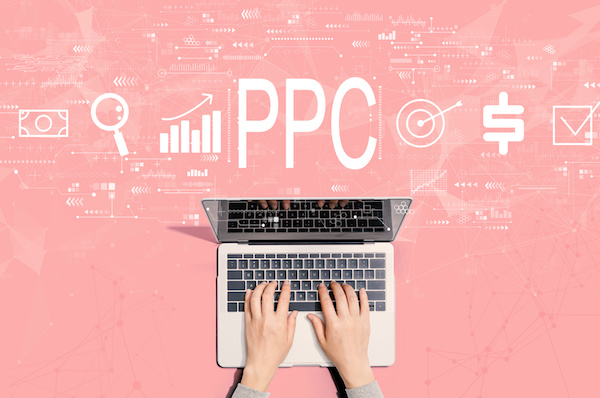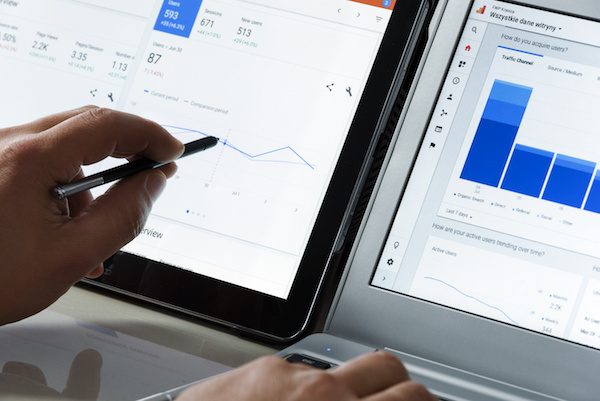
Before the pandemic, established brick-and-mortar businesses were still finding success through regular foot traffic, however, as non-essential shops were closed to slow the spread of the virus, e-commerce has heightened in popularity (even more so than before) to accommodate the influx in online shopping, live-streamed events, and social connections by way of digital platforms. This means that many companies that only had a physical presence moved to e-commerce, while those who had an online store needed to revamp their strategies to attract more customers and increase sales. Since the global crisis is far from over, the solution to continuing business as usual rests with a proper strategy from a reputable digital marketing agency in Vancouver. Let the suggestions begin.
Allows you to turn online platforms into an opportunity
Online marketplaces, such as Amazon and eBay, are commonly used platforms where vendors sell their products at wholesale prices to be fulfilled by the company. For example, Amazon places orders in bulk and holds inventory in their fulfillment centres (except vendors who can fulfill their orders and ship directly to the consumer). That being said, with help from a professional digital marketing agency in Vancouver, your e-commerce storefront could start gaining traction as a top shopping destination. Whether you choose to use PPC advertising to launch ads that drive results or rely on social channels like Facebook and Instagram to promote your products and services, there are opportunities everywhere!
Make strategic changes to your website
Regardless of whether you’re building an e-commerce website from scratch with a web development company or you’re reevaluating what can be done internally to drive traffic, it’s important to make strategic decisions when deciding how to use your budget to invest in your business. An abundance of people have flocked to the web as a replacement for their in-person purchase, and with everything from search engine optimization services to blog and content marketing available at your fingertips, you need to find a good digital marketing agency that promotes a seamless pivot to digital.
Utilize the current capabilities of digital innovations
We’re living in a technological era and this digital world is only expanding more each day. This is why it’s so important for the modern retailer to invest in digital technologies that possess the power to provide users with a compelling online experience.
Here are some things that your digital marketing provider might suggest:
- Predictive analytics to help you offer what your audience wants/needs.
- AI-powered search to help your audience find the best products.
- Real-time inventory management to optimize your budget and reduce your overall business costs.
- Interactive functionalities.
- More multimedia content.
The pandemic has changed the way retailers are conducting their businesses. What plans do you have on the horizon for your e-commerce company?


















